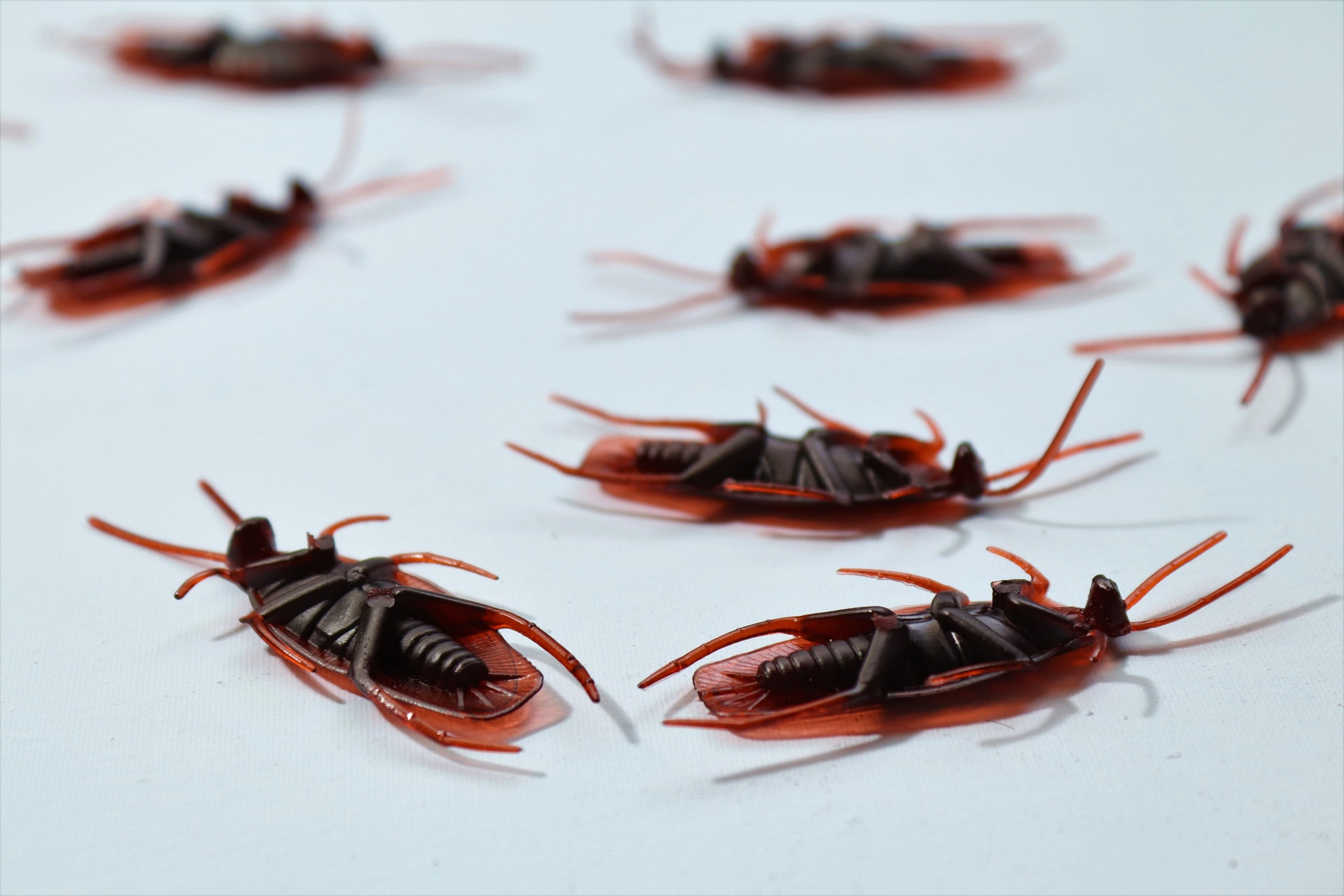It’s the unfortunate truth: many pests are more drawn to some homes than others. House pests like rodents and bugs invade homes where they can stay hydrated, stay safe and eat all they want. If your home is dirty, cluttered, humid, or very old, expect pests to swarm your home.
The good news is you can always defeat pests with store-bought or DIY remedies. But if these remedies are no longer working, the next step is to understand why pests are entering your home. This will give you a better idea of how to exterminate them or if you need to hire a pest and tick control expert.
What are the top reasons behind pests continually or repeatedly invading your home?
Age
As your home ages, it starts to wear down. You see gaps and cracks on your wood features or insulation systems. The siding and decks are starting to warp or peel. Waterproofing rubs away and the paint is chipping – you get the idea. It’s natural for your home to experience wear and tear. However, pests can make the problem worse.
If your house is old, check for pests at least twice a year. Every spring, check your foundation, doors, windows, weatherproofing, and siding. Immediately patch up the gaps and cracks you spot. Replace or repair damaged housing materials.
Also, pay more attention to pest-prone areas like the crawl spaces, attic, or basement, plus the utility lines and window frames. Initially, it seems like futile work but you’d be surprised at what regular inspections and maintenance can do for your pest prevention plan.
Food
One of the top reasons pests visits your home is the food. If you have a recurring pest problem, check your problem areas to see if there is food littered on the floors. Even the cleanest house can still have bits and pieces of food. Crackers in cardboard packages or sweet foods – these and other food types are vulnerable to rodents and bugs, even if you store them in the pantry.
It’s nearly impossible to prevent crumbs from falling anywhere, especially in the kitchen. But it’s important to keep trying. So keep your kitchen tidy and throw away leftovers in the trash. Throw off insects like ants by laying down scent barriers.
Also, invest in hard plastic containers to keep cereals and pasta in. Seal all garbage cans and take out the trash frequently. Instead of leaving the dishes in the sink, do them immediately after eating was down the surfaces after meals.
Humidity
All living creatures need water to survive, including pesky pests. Unfortunately, many bugs and rodents need plenty of water. As a result, humidity attracts these unwelcome visitors because they get all the water they need from the condensation on walls or windows. Also, most bugs prefer to live in moist places.
In general, humidity isn’t the primary culprit behind your pest infestation. But it does offer them a good spot for nesting. Instead of giving pests free real estate, find areas in your home that are often humid and invest in a dehumidifier. Look for places that gather condensation or puddles and keep them dry. Patch up plumbing leaks and any dripping pipes. When you eliminate the water source of pests, they will leave.
Clutter
Pests are always looking for hiding places. They can get into your drawers, cardboard boxes, cabinets, or any place that has plenty of clutter, aka potential hiding spaces. A cluttered area also gives pests more places to breed and nest. Since they want to maximize their chances of survival, they’ll lay their eggs on the clutter lying around. Before you know it, you’ll be surrounded by roaches, rodents, and flying spiders!
The first step in permanently preventing pests is to find and remove eggs. Next, remove the clutter. The fewer places they have to hide, the better.
Cracks, Holes, and Damaged Screens
Similar to clutter, cracks or holes in the wall offer safety for pests. Since we can’t reach them, pests live undisturbed in these small spaces. Sadly, when it comes to finding an entrance to your home, most bugs and rodents will always find a way via cracks, holes, and damaged screens.
Despite this, there are still things you can do to prevent unwanted pests from slipping in. Start by finding these entrance points and closing them. Deter pests from entering your home by placing a scent barrier near the entrances.
Larger insects and rodents can still fit into small quarter-sized holes. So patching these up prevents an infestation.
Even the most diligent homeowner may end up with a pest infestation under their noses. It’s nothing to feel guilty about. It happens! Plus, you can always do preventive measures to ensure that pests stay out of your home.



